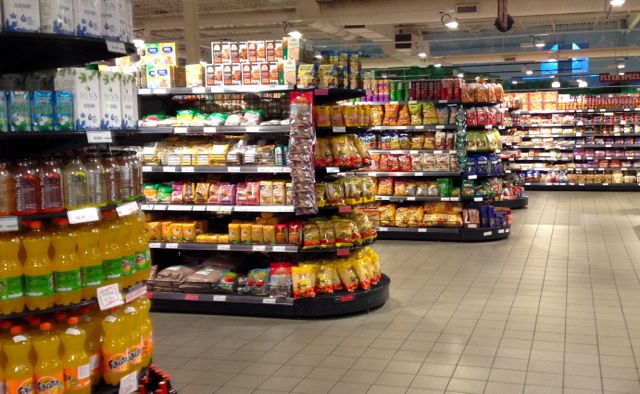RECIPE TO RETAIL: Part 1…

For food entrepreneurs aspiring to see their creations on retail store shelves, there is much they need to know. This is the first in a series of articles about entering the packaged foods arena and positioning a brand for success.
Recipe Scale-up
Creating a recipe is very different from developing a commercial packaged food product. Food processing is not as simple as multiplying the recipe. Product development for recipe scale-up requires food science, quality assurance and culinary expertise and can be a lengthy process of fine-tuning and testing. There are many constraints, depending on ingredients, processing methods and equipment, desired shelf life, packaging processes and other factors. Some compromises will be necessary.
Setting up a food manufacturing facility is a complex and expensive undertaking. Many brand owners use co-packers to manufacture products on their behalf, enabling them to focus financial and human resources on marketing and sales.
Co-packers
Finding a co-packer that has the required manufacturing, food safety and packaging capabilities and wants to do business with a smaller food brand can be challenging. There are minimum volume requirements for cost effective procurement of ingredients, production efficiency and waste reduction; the more automated the facility, the higher the minimum runs.
Co-packing Agreements
Co-packing agreements are used to define each party’s responsibilities. Many details must be ironed out, such as ingredient specifications and sourcing, product specifications, order processing, production planning, lead times, quality control, packaging inventory, distribution, liabilities and consumer complaints.
Regulations
The food processing industry is heavily regulated and for good reason; it is fraught with food safety risks. Health Canada and the Canadian Food Inspection Agency (CFIA) take their responsibility for protecting the health and safety of Canadians very seriously. Most companies that prepare, package or label food require a license, food safety preventive controls and traceability to comply with Safe Food For Canadians Regulations (SFCR).
Labelling, marketing and advertising cannot be false or misleading. Virtually everything on a food label is regulated. Allergens and claims, often disguised as marketing romance copy, pose the highest risks of a labelling recall. Regulatory affairs specialists are skilled at navigating the regulatory maze and can help to mitigate risks.
Shelf Life
Typically retailers require a minimum shelf life of twelve months for shelf stable and frozen foods, but eighteen to twenty-four months is preferred. This allows time for the product to move through the supply chain, enabling retailers to sell the inventory and gives consumers time to store it for future use. Shelf life studies are conducted to determine the optimum product life.
Packaging
Selecting the appropriate packaging is another important consideration for product protection, shelf life, transportation, merchandising, communication and marketing. Packaging suppliers and printers have minimum volume requirements. Some companies offer lower minimums (5,000 units for example) but the high cost will drive up the cost of the product, without adding value for the consumer.
These are only a few of the ingredients in the recipe for success. And just like creating a food recipe, ingredients, method and testing and refinement are part of the process for building a successful brand.
As a packaged foods consultant specializing in strategy, brand and packaging development, Birgit Blain makes food brands more saleable. Her experience includes 17 years in the grocery trade with Loblaw Companies and President’s Choice®. Contact her at Birgit@BBandAssoc.com
© Birgit Blain

